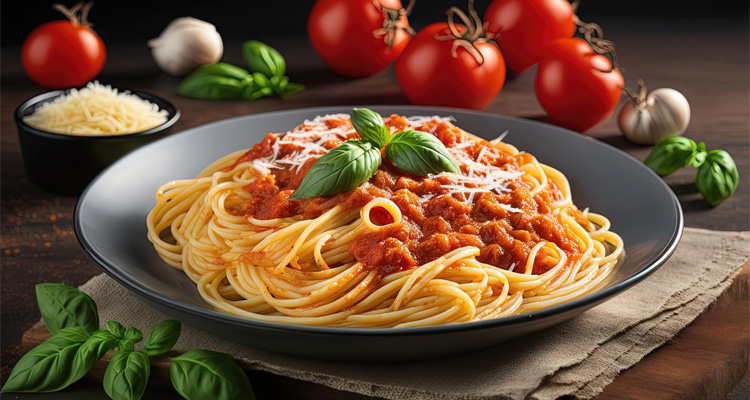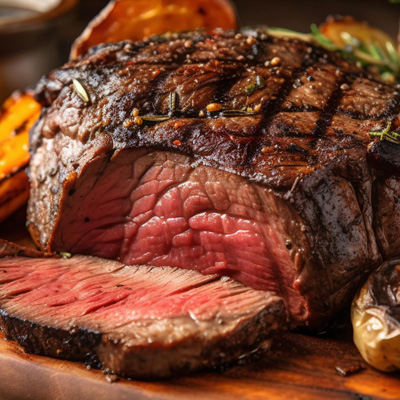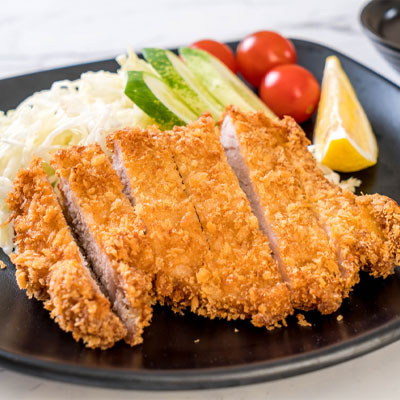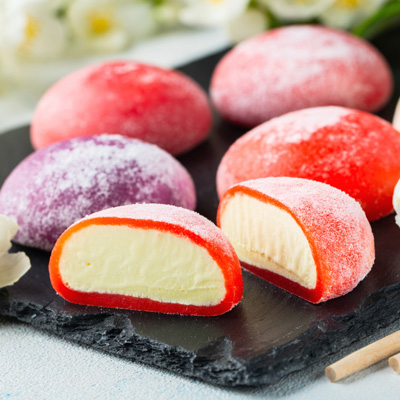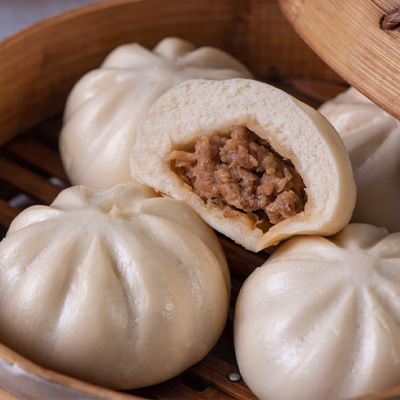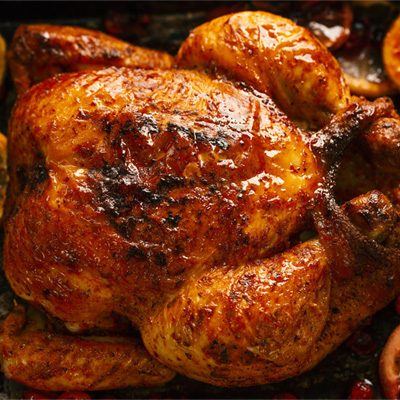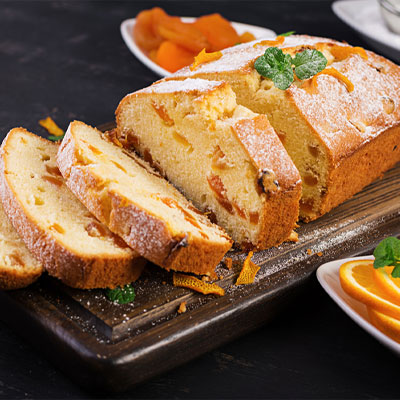Italian Spaghetti, with its long, slender strands and versatile nature, is an emblem of Italian culinary prowess. This beloved pasta variety has transcended borders, becoming a global comfort food. In this culinary exploration, we unravel the rich tapestry of Italian Spaghetti, delving into its history, varieties, and the art of preparing this timeless dish.
Nutrition Facts
- Kcal
320 - Fat
7 g - Choles
0 mg - Sodium
400 mg - Carbs
56 g - Fiber
3 g - Sugar
3 g - Protein
9 g
Note: The nutrition facts are approximate values and may vary based on the specific ingredients used and any additional toppings or syrups added.
Ingredients
- 16 oz (450g) spaghetti pasta
- 2 tablespoons olive oil
- 3 cloves garlic, minced
- 1 can (14 oz/400g) crushed tomatoes
- 1 teaspoon dried basil
- 1 teaspoon dried oregano
- 1/2 teaspoon red pepper flakes (optional)
- Salt and black pepper to taste
- Fresh basil leaves and grated Parmesan cheese for garnish
Directions
- Cook the Spaghetti: Bring a large pot of salted water to a boil. Cook the spaghetti according to the package instructions until al dente. Drain and set aside.
- Prepare the Sauce: In a large skillet, heat olive oil over medium heat. Add minced garlic and sauté until fragrant, about 1-2 minutes.
- Add Tomatoes and Spices: Pour in the crushed tomatoes. Add dried basil, dried oregano, red pepper flakes (if using), salt, and black pepper. Stir well to combine. Simmer the sauce for 5-7 minutes, allowing the flavors to meld together.
- Combine Sauce and Pasta: Add the cooked spaghetti to the skillet with the sauce. Toss well to coat the pasta evenly with the sauce. If the sauce seems too thick, you can add a splash of pasta cooking water to loosen it up.
- Serve: Divide the spaghetti among serving plates. Garnish with fresh basil leaves and grated Parmesan cheese.
- Enjoy: Your Italian spaghetti is ready to be enjoyed. Serve hot with additional Parmesan cheese and garlic bread if desired.
The Origins of Italian Spaghetti: A Journey Through Time
Ancient Beginnings and Culinary Evolution
The roots of Italian Spaghetti trace back to ancient Italy, where pasta-making techniques were perfected. Historians believe that pasta, including spaghetti, was brought to Italy by Arab traders. Over centuries, Italian chefs honed the art of crafting pasta, leading to the diverse range of pasta varieties we adore today.
Types of Italian Spaghetti: A Gastronomic Adventure
Classic Spaghetti: The Timeless Favorite
Traditional Spaghetti, known for its thin, cylindrical shape, is a classic choice. Its simplicity allows it to pair harmoniously with an array of sauces, making it a versatile option for various recipes.
Spaghetti alla Chitarra: The Quintessential Italian Experience
Spaghetti alla Chitarra, a specialty from the Abruzzo region, is distinguished by its square cross-section. This unique shape allows it to hold chunkier sauces, creating a delightful textural contrast.
Crafting the Perfect Italian Spaghetti: A Culinary Symphony
Choosing the Right Pasta
Select high-quality, durum wheat semolina spaghetti for an authentic Italian experience. The rough texture of artisanal pasta varieties ensures that the sauce adheres beautifully, enhancing the overall taste.
Cooking to Perfection: Achieving Al Dente
The key to exceptional Italian Spaghetti lies in achieving the perfect al dente texture. Boil the pasta in generously salted water until it retains a slight firmness when bitten. This ideal texture showcases the pasta's quality and craftsmanship.
Sauces That Elevate Italian Spaghetti: A Flavorful Affair
Ragu alla Bolognese: The Meat Lover's Delight
Ragu alla Bolognese, a slow-cooked meat sauce hailing from Bologna, is a decadent choice for Spaghetti. The rich blend of ground meat, tomatoes, and aromatic spices creates a robust flavor profile that lingers on the palate.
Spaghetti Aglio e Olio: Simplicity at Its Best
Spaghetti Aglio e Olio, a minimalist yet flavorful option, features spaghetti tossed in olive oil, garlic, red pepper flakes, and parsley. This dish highlights the essence of Italian cuisine—simple ingredients harmonizing to create culinary perfection.
Pairing Italian Spaghetti: Beyond the Basics
Wine Pairings: Enhancing the Experience
When it comes to wine pairings, opt for a medium-bodied red like Chianti Classico or a crisp, dry white such as Pinot Grigio. The wine's acidity complements the pasta's richness, creating a delightful synergy.
Dessert: A Sweet Finale
Conclude your Italian Spaghetti feast with a classic Italian dessert like Tiramisu or Panna Cotta. These delectable treats provide a sweet contrast to the savory notes of the meal, leaving your taste buds thoroughly satisfied.
Making Italian Spaghetti at Home: A Personal Touch
Creating Homemade Pasta: A Rewarding Endeavor
For those seeking a culinary adventure, making fresh spaghetti at home is immensely rewarding. Combine semolina flour, eggs, and a pinch of salt to create a smooth pasta dough. Roll it out thinly, cut into strands, and let them dry slightly before cooking.
Experimenting with Sauces: Unleashing Creativity
While traditional sauces are delightful, don't shy away from experimenting. Try a pesto sauce with basil and pine nuts or a creamy carbonara sauce with eggs, Parmesan cheese, and pancetta. Embrace your creativity and infuse your Italian Spaghetti with unique flavors.
FAQs
Is Spaghetti an Italian Invention?
Yes, spaghetti, as we know it today, originated in Italy. The technique of extruding pasta dough through bronze dies, creating the signature shape, was perfected by Italian artisans.
Can Spaghetti be Gluten-Free?
Certainly! Gluten-free spaghetti, made from rice flour, corn flour, or legume flour, is readily available. These alternatives allow individuals with gluten sensitivities to enjoy this classic pasta dish.
What's the Difference Between Spaghetti and Linguine?
While both are long, thin pasta varieties, linguine is flat, whereas spaghetti is cylindrical. Linguine pairs exceptionally well with seafood-based sauces, creating a different dining experience.
Is Overcooking Spaghetti a Common Mistake?
Yes, overcooking spaghetti can result in a mushy texture. It's crucial to follow the cooking instructions and taste the pasta to achieve the desired al dente consistency.
Can Spaghetti be Paired with Cream-Based Sauces?
Indeed, spaghetti pairs wonderfully with cream-based sauces like Alfredo or Carbonara. The smooth, creamy texture of the sauce coats the pasta beautifully, creating a luxurious dish.
Is Spaghetti Suitable for Vegetarians?
Absolutely! Vegetarian sauces, featuring ingredients like tomatoes, basil, olives, and capers, transform spaghetti into a delightful vegetarian meal. Adding grilled vegetables or tofu can further enhance the dish.
Conclusion
Italian Spaghetti, with its rich history, diverse varieties, and culinary possibilities, stands as a testament to the artistry of Italian cuisine. Whether enjoyed with traditional meat-based sauces or contemporary vegetarian alternatives, each plate is a celebration of flavors and heritage. As you savor the perfect al dente bite, you're not just experiencing a meal; you're indulging in a timeless Italian tradition.
